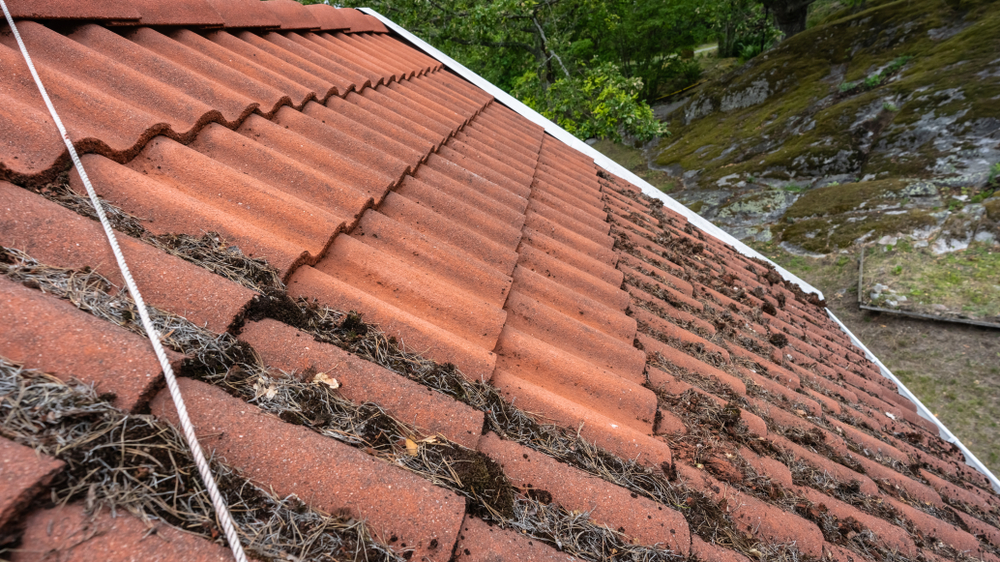
A Guide To Roof Cleaning
27th May 2021
Check out the roof before cleaning
First things first, make sure to check your roof for any potential leak spots. Typically, any rooftop that is around ten years old will have about 10 to 20 potential leak spots. You have to identify those leak spots and fix them.
While identifying the leak spots, you should also make sure to look out for exposed nail heads coming out of the roof. When you find any such nail heads, hammer the nails back and use a new staple wherever required. After that, mend back the shingles, and you’re all set to move on to the next step.
Use Industrial Bleach
After fixing all the leaks and mending the shingles back, the next thing you need to do is to kill all algae and make the roof look brand new again. In order to do this, you can use industrial bleach as industrial bleach is it is proved to be very effective.
You can use a sprayer to apply the bleach and let it dwell on the surface of the roof for about 15 to 20 minutes. After this, rinse the rooftop thoroughly with water running at low pressure, as it does not require a high-pressure rinse to get the bleach off the roof and keep your roof clean.
The Rinse method
The most effective way to rinse the roof thoroughly is through the Double Rinse Method. This method aims to first take the top first four rows and rinse them while walking sideways. During the next pass, rinse the next four rows while also rinsing the first four rows again. Repeat this process until you reach the end of the roof. However, remember to be soft and gentle while doing so, and be very careful as it can get slippery and risky.
Here are some more tips for you
- Try to use a sprayer instead of a pressure washer as sprayers are much safer and won’t cause much damage to your roof, unlike pressure washer.
- If you are using chemicals to clean your roof, make sure to cover your surroundings with plastic before applying any chemicals, as the strong chemicals will harm your surroundings.
- Always take the suitable safety precautions before you decide to climb on your roof. Taking drastic steps without thinking can be very risky. Remember that safety comes first before anything else.


